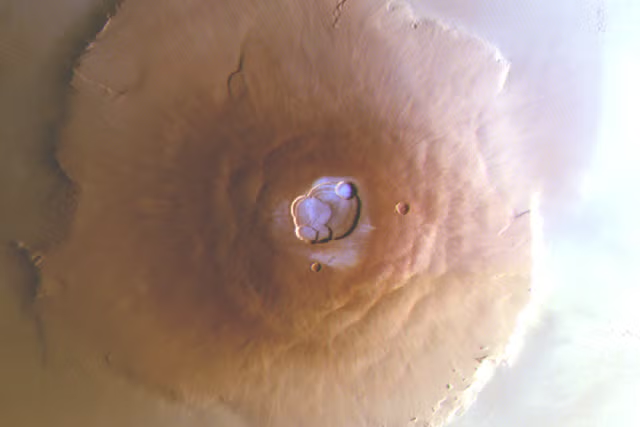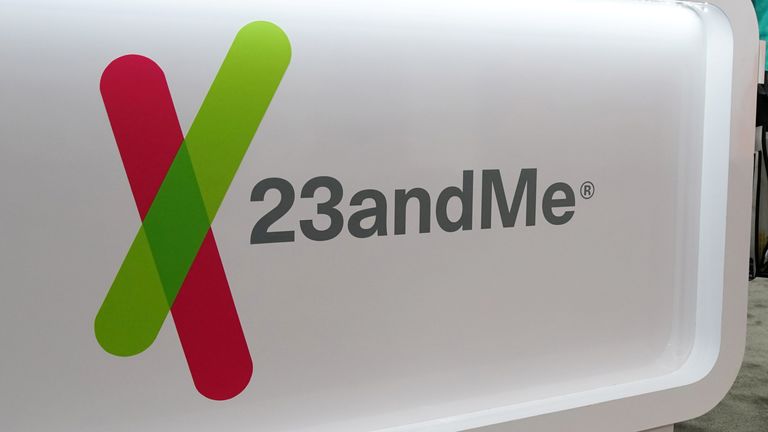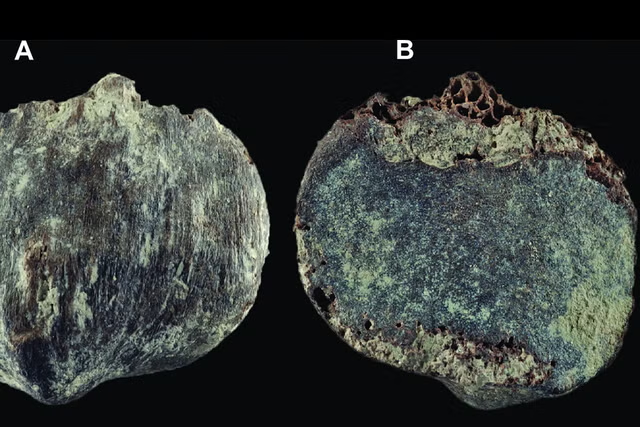A series of solar flares and coronal mass ejections have reached Mars, providing researchers with views of "Martian auroras," NASA said in a statement on Monday.
The sun's activity levels ebb and flow over 11-year cycles with the peak of a solar maximum happening now and causing an increase in fascinating space weather, Space Weather Prediction Center (SWPC) Project Manager Bryan Brasher previously told Newsweek.
At the peak of a solar maximum, the sun more frequently launches coronal mass ejections (CME), which are massive expulsions of magnetized plasma from the sun's outer atmosphere, called the corona, Brasher said. These CMEs cause an uptick in geomagnetic storms and solar flares as well as "generate spectacular auroras," he said.
In May, millions of people across the United States reveled in the rare and dazzling display of the northern lights, which illuminated skies for a roughly a two-week span as a result of a huge solar storm.
Over the past month, NASA's Mars rovers and orbiters have given researchers and scientists views of remarkable solar activity, the federal agency said, noting that a May 20 solar flare was especially powerful.
"The flare sent out X-rays and gamma rays toward the Red Planet, while a subsequent coronal mass ejection launched charged particles," NASA said.
Newsweek reached out via email on Monday night to NASA for comment.
The space weather was monitored by analysts at the Moon to Mars Space Weather Analysis Office at NASA's Goddard Space Flight Center in Greenbelt, Maryland, which issued a warning about possible charged particles.
"If astronauts had been standing next to NASA's Curiosity Mars rover at the time, they would have received a radiation dose of 8,100 micrograys—equivalent to 30 chest X-rays," the space agency said. "While not deadly, it was the biggest surge measured by Curiosity's Radiation Assessment Detector (RAD) since the rover landed 12 years ago."
A NASA orbiter that provides information about Mars' atmosphere has captured another effect of the recent solar activity. The orbiter, Mars Atmosphere and Volatile EvolutioN (MAVEN), provided researchers views of "glowing auroras over the planet," NASA said, adding that "the way these auroras occur is different than those seen on Earth."
Earth is shielded from charged particles by a magnetic field, something Mars no longer has, resulting in the Red Planet having no protection from the "barrage of energetic particles." When those particles hit the Martian atmosphere, it creates auroras that "engulf the entire planet," NASA said.
"This was the largest solar energetic particle event that MAVEN has ever seen," MAVEN Space Weather Lead Christina Lee said in a statement. "There have been several solar events in past weeks, so we were seeing wave after wave of particles hitting Mars."
The significant solar activity continued this month, with the SWPC recording a "strong solar radiation storm" on Saturday.
The solar event was "the strongest solar radiation or 'S' storm since September 2017," SWPC said Monday in a post to X, formerly Twitter.
"Solar radiation storms of this magnitude can often result in degradation or loss of HF [high-frequency] communications in the polar regions," SWPC wrote. "Space launch operations at risk; also slight risk to satellites."
Disclaimer: The copyright of this article belongs to the original author. Reposting this article is solely for the purpose of information dissemination and does not constitute any investment advice. If there is any infringement, please contact us immediately. We will make corrections or deletions as necessary. Thank you.



